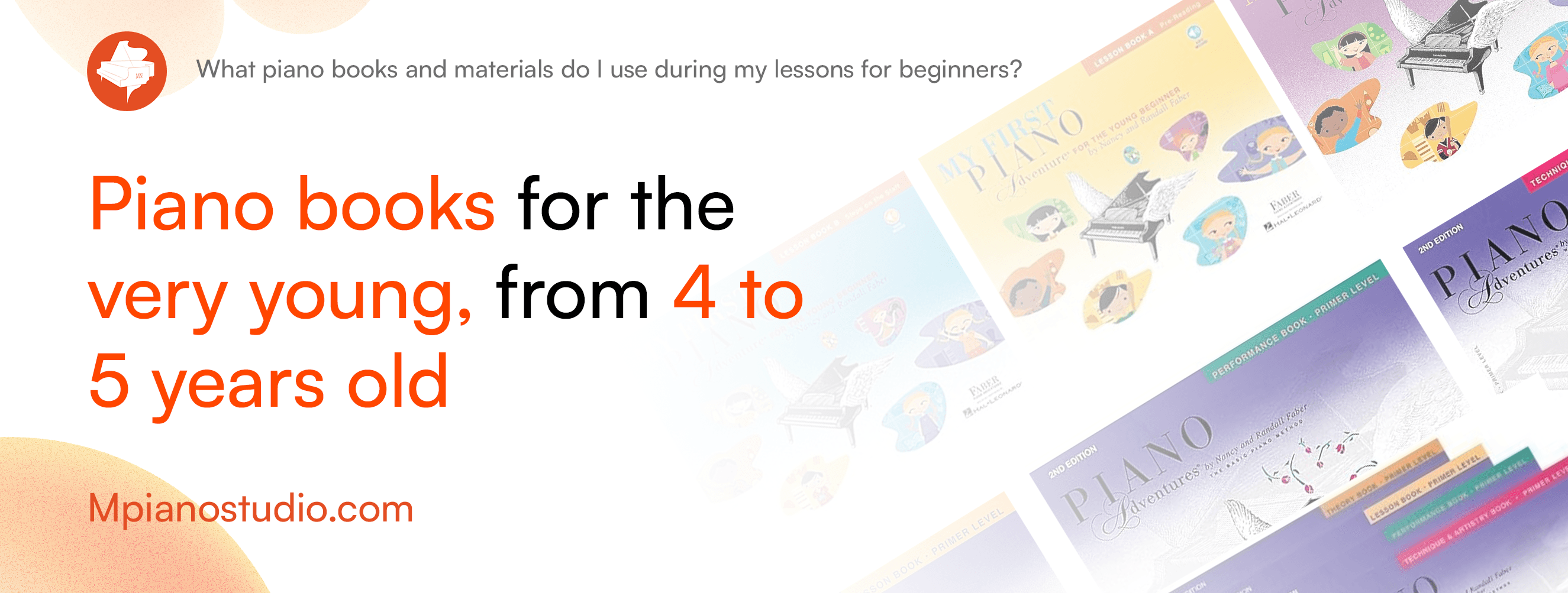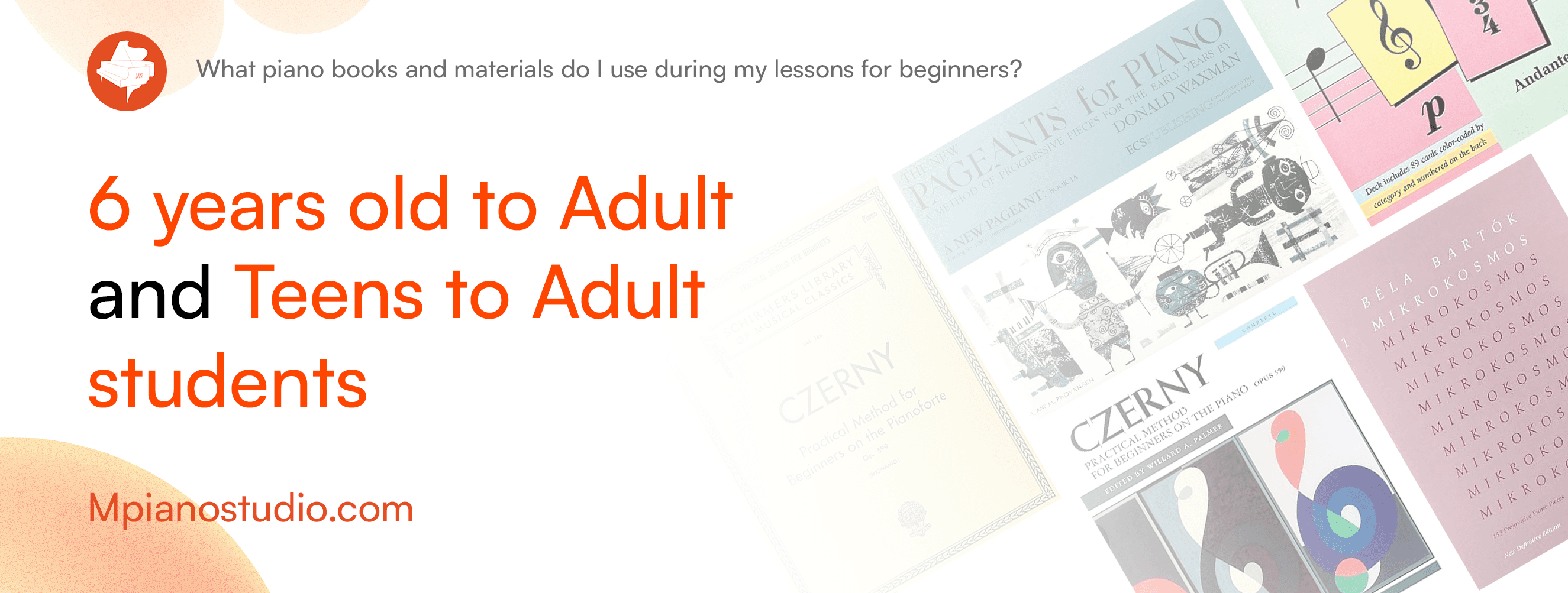Jan 18, 2024
5 min read
Written by Meyer Nam
Over my time as a trained classical pianist, I have accumulated many books, from scores of solo works, chamber works, and concertos, to exercise books. The number of piano method books to start piano can be overwhelming. As a teacher, what do I primarily use to start with a beginner?
All Amazon links in this article use my Amazon affiliate links. By using and buying from these links, I receive a small percentage as commission. No extra cost will be incurred to you for using these links.
One of the first books I request a parent or a student to have is not a method book. It is a normal book of manuscript paper. Manuscript paper is the musician’s writing notebook. Musicians use them for general note-taking and or to write compositions. In my lessons, I use manuscript paper for three essential purposes. Those three purposes are: to write new concepts or notes, to write progress and what to improve on in pieces, and to write down homework. All three are important to note and have handy at all times.
This is among the cheapest, most basic manuscript paper books available on Amazon. There is no need to have a more expensive option, unless aesthetics is needed. Henle does have a nice manuscript paper book, and it is not too expensive.
There are many primers and method books that I have familiarized myself with as a teacher. After meeting with the student, I am able to recommend books on a few variables, the most important being age. There are many primers (beginner’s books) that are in today’s market. To make it more confusing, certain publishers have different books at a given level. For example, the two most popular primer series, Bastien Piano Basics, and Piano Adventures, both have a few books to a level, making parents and students wonder if they need all four books to start playing on the piano. There is no need to purchase all four. A good teacher will not need a theory book to teach music theory or a lesson book to teach piano. However, at the end of the day, it is up to the student if they need or would like to use different books to cover their education.
Here are the books I frequently use for beginning students. This is not a definitive guide, and is certainly not in order of what books to purchase after completing one.
For the very young, from 4 to 5 years old:
Piano Adventures: My First Piano Adventures Series
My First Piano Adventure Lesson Book A with Online Audio Paperback
My First Piano Adventure - Lesson Book B (Book/Online Audio) Paperback
My First Piano Adventure Lesson Book C with Online Audio Paperback
These books are very engaging for this age group, and overall they have plenty of fun with visuals and concepts. The pieces are concise and fun for younger students to play.
5 Years Old:
Piano Adventures: Primer Level
The primer level of Piano Adventures is suitable for beginners. Again, I believe that only the performance book is necessary. I find that most 5 year old students take 30 to 45 minute lessons, and there is not enough time to go over material in all four books, and learn new material in a lesson. The collection goes through the basics of reading, and has the beginning student able to play both hands at the same time.
Teens to Adult Students:
Alfred’s Basic Adult Piano Course is a very popular book for older beginners. It explains concepts well, and covers a lot of material. The first level ends with lessons on a couple major and minor scales and keys.
Ferdinand Beyer’s method book was published in the 1860s, and was a leading method book for beginners, regardless of age. When asked, my former piano professor told me that this book should be used by serious beginners. However, I can see that because of the lack of visuals and easy explanations, this method book is too intimidating for the youngest students. They will not feel engaged with the plain text and music notation in this book. However, I do recommend it for older students who are looking to start seriously.
Carl Czerny was one of the most prominent composers and is recognized today for his virtuosic studies and exercises. This method book, like the one before it, is intense and only recommended for the most serious beginners. The lack of explanations and visuals will not be appealing to casual or younger beginners.
Bela Bartok wrote 153 exercises, split into six volumes. This first book covers the first 36 exercises and is a good introduction to learning notes and positioning on the piano.
Extra Materials Used:
This popular set of music flash cards has worked wonderfully for my students who at first struggled to read music. I try to make a game out of it for younger students, incentivizing them to answer correctly as quickly as they can.
This list will be updated as I incorporate more and more books into my teaching repertoire. I will also write reviews on each series and book. Please keep in mind that not every book is for everyone. As a teacher, I determine the starting book(s) based on a multitude of factors.





